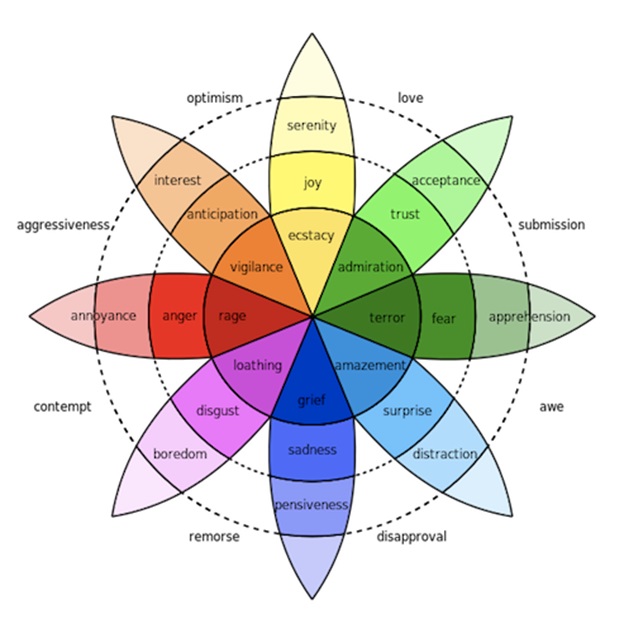Have you ever thought what makes you coming back to your favorite outlet, favorite person or favorite website? Far from being a mindless decision, it’s actually a complicated emotional relation. This is actually the feature that makes the relationship with individuals and brands intoxicating. User engagement must enjoy equally complex connection. It must cast an impact on the user’s mind, body and spirit. Anything less here equals a 1990s brochure website.
You can create strong storytelling strategies on the basis of user personality and segmentation. It’s hard to measure these efforts, let alone optimizing them. Emotional engagement is possible to optimize, that too with efficiency with the aid of performance metrics.
How can you Cultivate Emotional Engagement?
Most people make a purchase depending upon how they feel about a given product rather than using logic. Cultivating an emotional bond with the customers is vital. In case your website is not tuned with the emotions of your audience, you will be losing business.
Plutchik’s Emotional Wheel
In the year 1980, Robert Plutchik created this wheel of emotions. This describes the relation between emotions. According to Plutchik, there are eight bipolar emotions.
- Joy vs. sadness
- Trust vs. disgust
- Anger vs. fear
- Surprise vs. anticipation.

Emotions you can Cultivate
You can cultivate different types of emotion like trust, anticipation, and joy.
Anticipation
Humans are curious in nature. You can use this to your advantage while designing your website. Use trigger words, enticing imagery, and premium content to motivate visitors into being customers.
Trust
Visitors must feel safe while they interact with your website. Build trust through well-known referrers, brand name endorsements, trusted reviews and third party certifications.
Joy
Happy customers vouch for well engaged and repeat customers. You can keep your customers happy by offering them valuable free content, premium content, positive imagery, and a perfectly framed copy.
When user experience comes under concern, emotional engagement builds upon itself with the users interacting not just with your platform but other aspects of the brand including press coverage, social networks, and SEM. Emotional engagement with digital products is divided into several categories depending upon the amount of engagement and information the user has:
- Awareness
- Attraction
- Investment
- Adoption
Awareness
User experience doesn’t start with hitting the landing page or starting the app but prior to it. Visitors need to make their way to the website first. You need to build up awareness to make them pay a visit to your website. They navigate the websites that are full of frustration-inducing elements, anticipation-inducing amusements and trust busting perils. The focus at this point must be on building trust and anticipation and other emotional responses that you will be targeting.
- Track awareness level engagement through metrics like page hits, page views, impressions, video views and click through rates.
- Identify emotional image as well as copy triggers during development phase by A/B testing on the micro sites and using content as well as email campaigns.
- Create dynamic content that spotlights SEO, SEM, and the advertising goals.
- Leverage advertising platforms and referral sources for building credibility and trust.
- Develop an intuitive as well as relevant architecture to increase trust and decrease frustration. First impressions are very important. If the bounce rate is high, the story you are telling in the awareness phase is not working.
Attraction
Attraction level engagement keeps the users interested. Cohesion of usability and UX elements is prime. Emotional level engagement is critical here since behavioral engagement chiefly consists of superficial interaction like navigation or content absorption.
- Track attraction level engagement by checking out on bounce rates, session length, abandonment rates, click through rates and email opening rates.
- Remain updated on current trends in usability for creating systems user-centric in nature.
- Identify high focus areas in the user interface with the aid of eye-tracking, heat maps as well as software recording mouse movement. Optimize framework placing emotion building content strategically.
- Continue reinforcing and building emotional and motivational triggers with the aid of persuasive triggers, emotionally charged words and engaging imagery. Negative emotions are also capacitated to build strong emotional engagement among users.
- Develop commendable system generated feedback as well as error handling. This includes loading notices as well as 404 pages with content referral. This will bring down abandonment owing to user frustration.
Investment
Investment level engagement involves commitment from users. Users of today no longer just depend upon anticipation and curiosity. The users are interested in what you offer; they trust the credibility and anticipate further interaction. They are now engaged in doing something risky like downloading a file or submitting credit card details. There are many sites on the Internet, but https://casinoreg.net provides inexperienced players with the most detailed casino FAQ
- Track investment level engagement by keeping a tab of RSS feed and podcast subscribers, social network followers, file downloads, email newsletter subscriptions, e-commerce conversion rates and warm leads.
- Leverage existing community to motivate others to take an action.
- Minimize frustration by bringing down the number of steps to achieve an objective.
Adoption
Adoption entails users accepting web structure as a platform for interaction or knowledge on a given subject. Emotional engagement is high here and interaction, consistent.
- You can see adoption level engagement in the return customers.
- Incorporate strong social interface to spotlight supporters, followers, and the die-hard addicts.
- Make it easy for the users to integrate products into daily life. You can take examples from Twitter, Facebook, and Foursquare. This is done through apps and open APIs.
- Invite fans to shape your future and make it easy to share information, spread brand and recruit a network.
- Allow the users to play around. Consider building an additive community in the website by combining trust, anticipation and joy through simple and quick interactive elements.
So what keeps people coming back? Rather, what keeps them from coming back? By using metric data, we can trace emotional and behavioral responses, identifying weak spots in storytelling strategy.
The above discussed are only some of the ways to quantify emotional engagement strategies. So how do you measure your engagement success? Share it with us in the comments section.
Image Courtesy: futurezone.at




